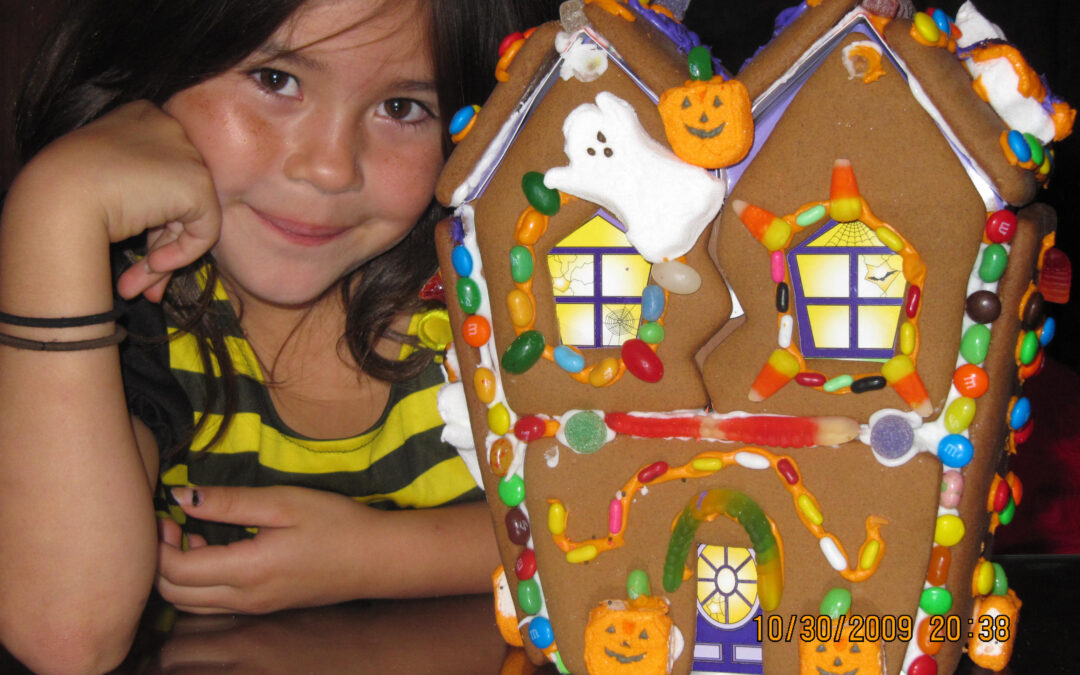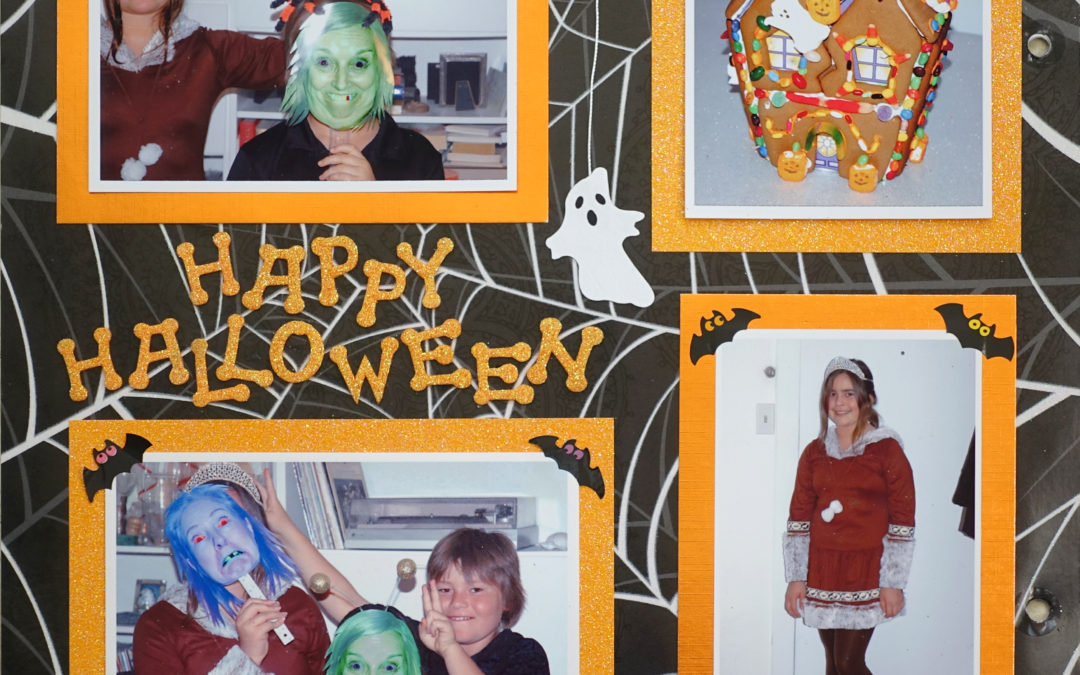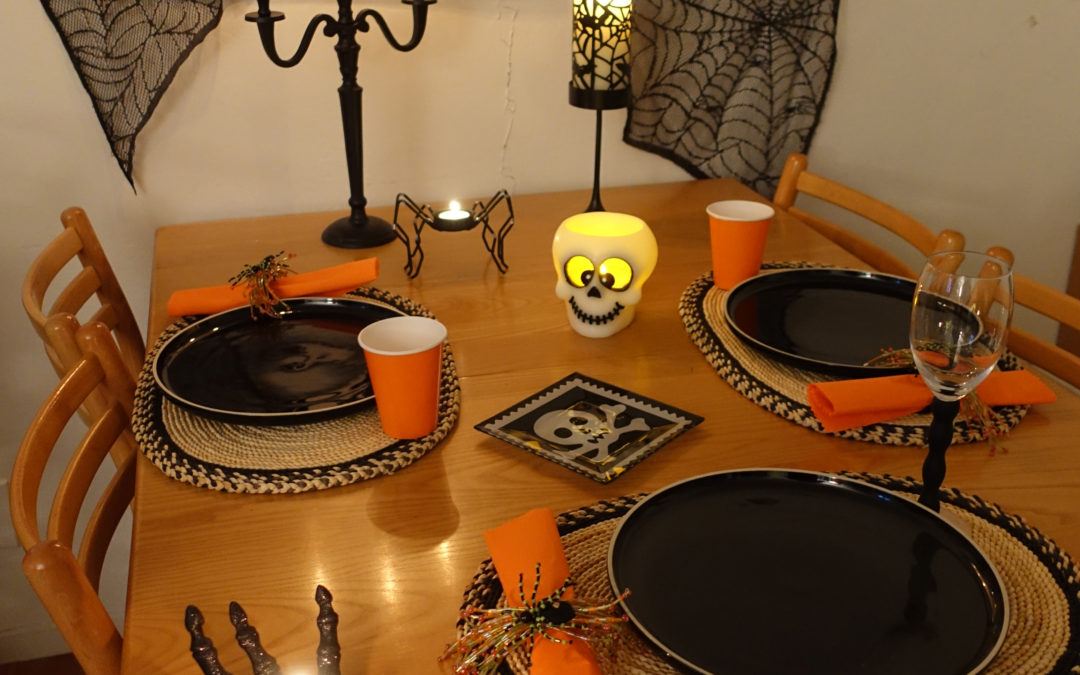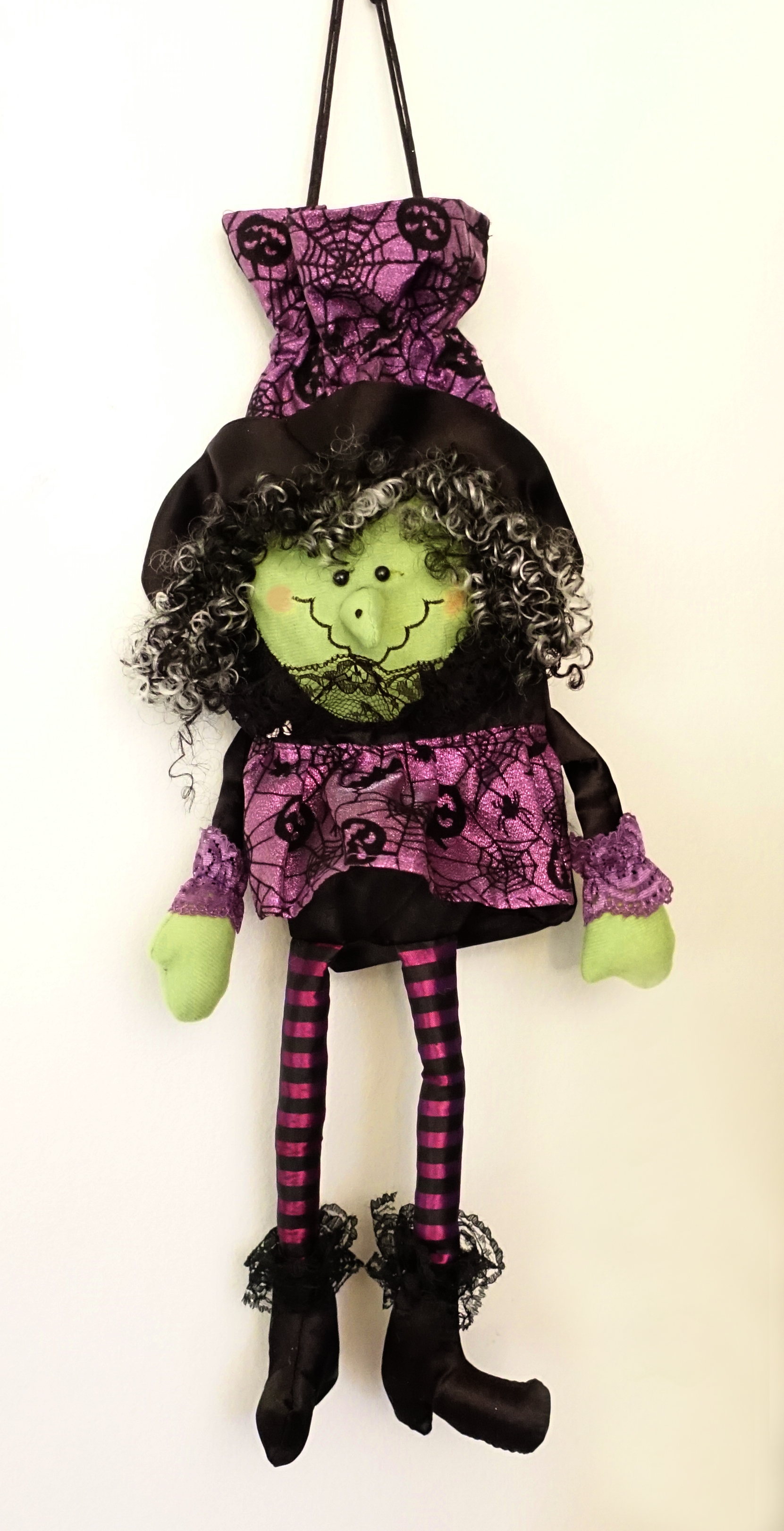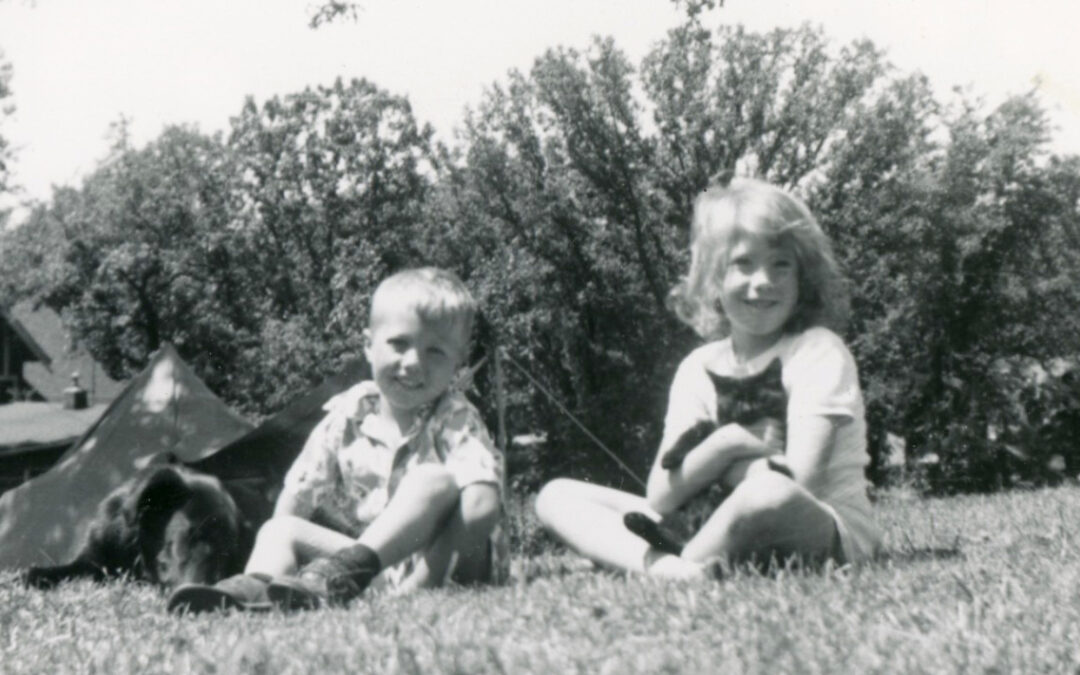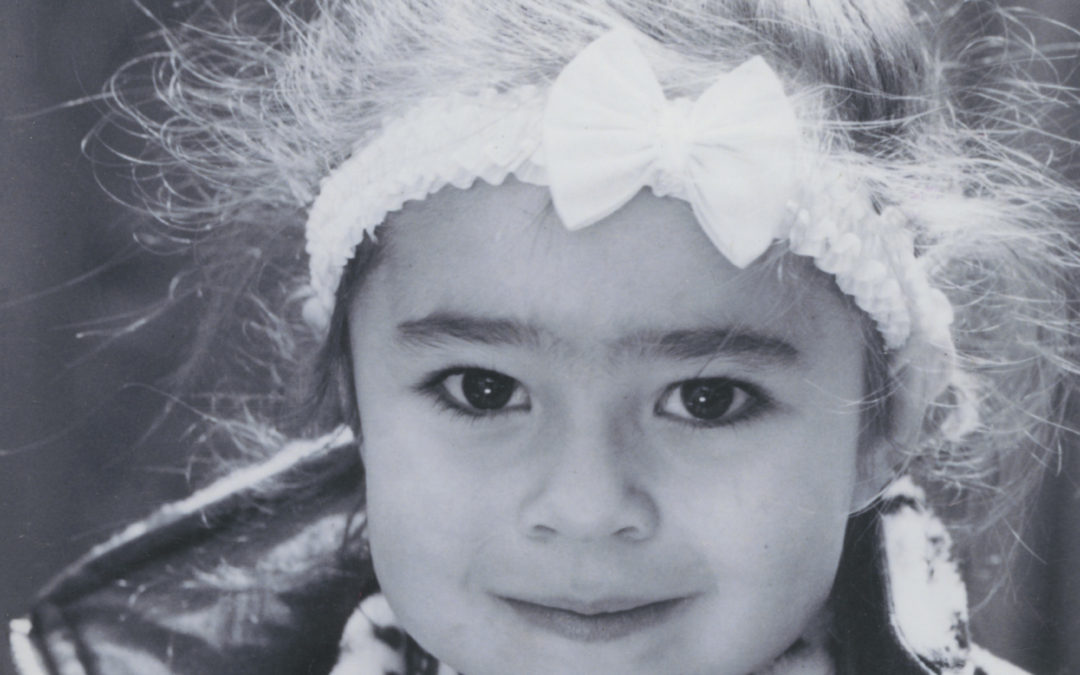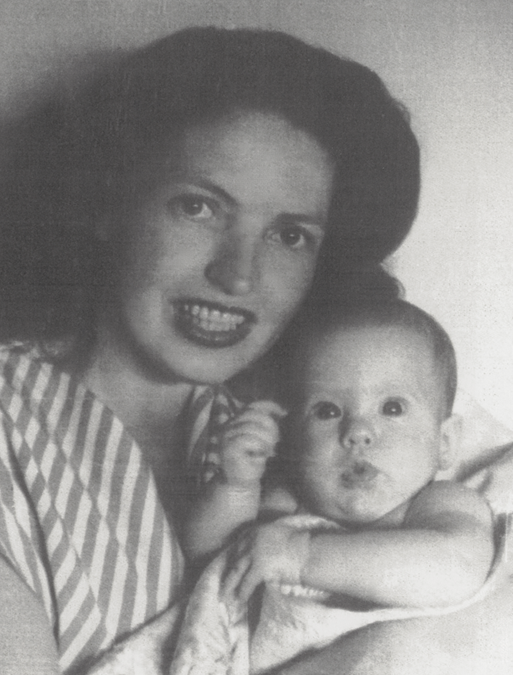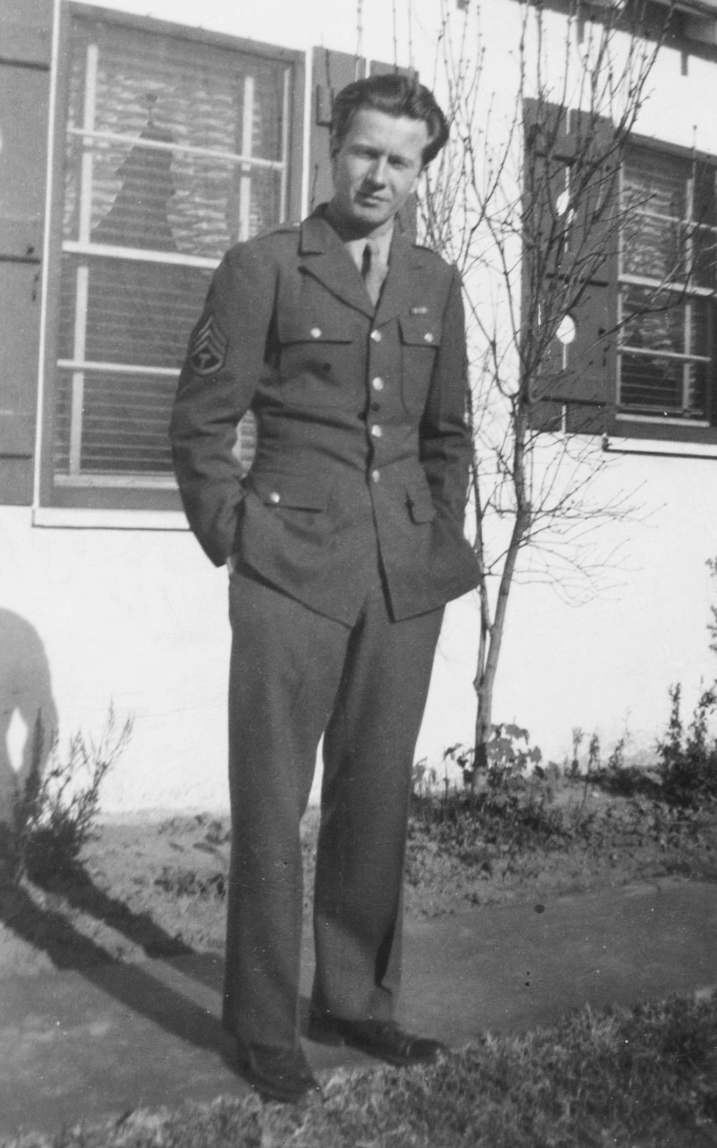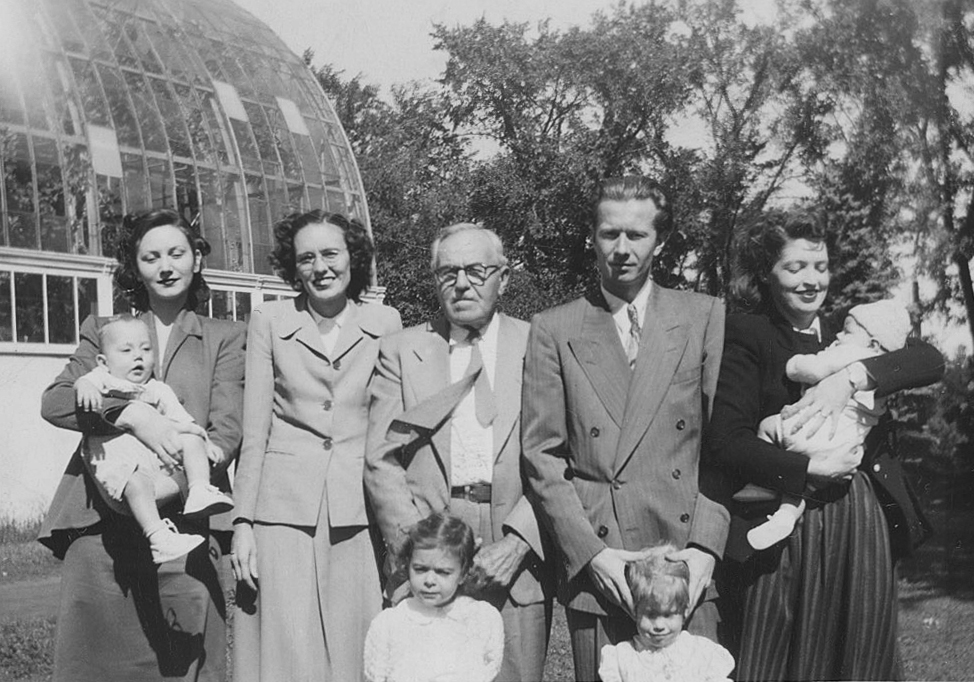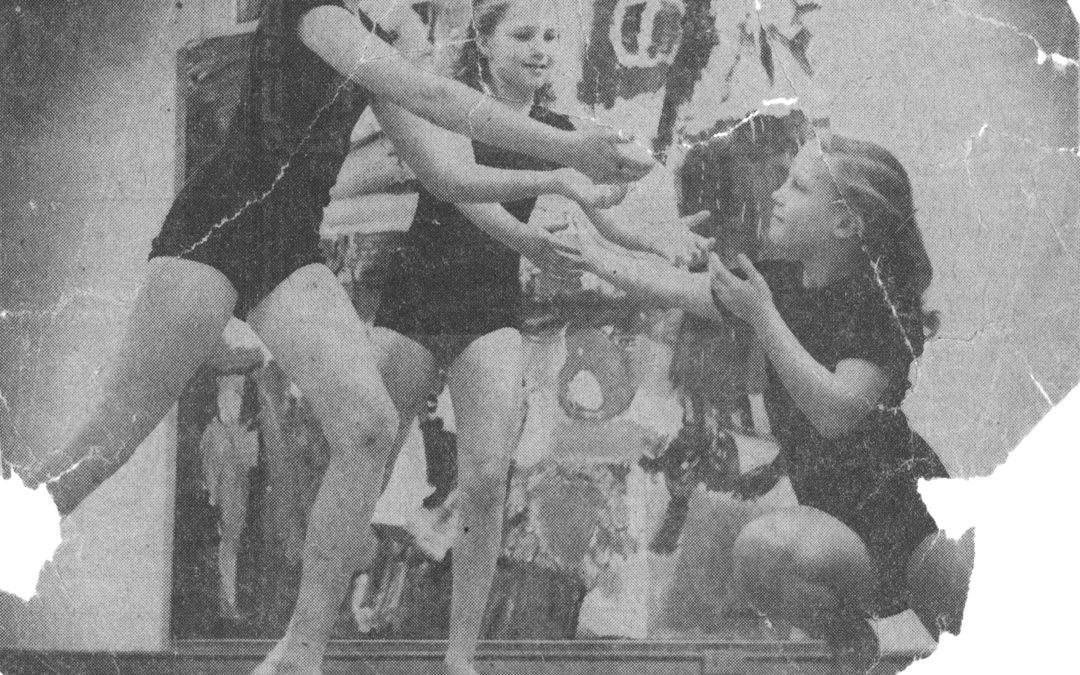
COMMUNITY
COMMUNITY

From left to right, me, Kathy, and Carol Balcome.
I was seven when we moved into the upper half of a duplex on Raymond Ave, an apartment only a fraction of the size of our Dudley home and, speaking of losses, the first thing I remember is my cat, Timmy, running away. More than once we went back to the old neighborhood to search for him—without success.
In the living room we had modern blond-wood furniture, a sofa with stylized fish on it, matchstick blinds on the front window, and, to either side, a small, framed print of San Francisco that Mom had brought from California. The room looked out onto a residential street lined with elm, oak, and maple trees, and, unlike in Berkeley, the view wasn’t obstructed by telephone poles and wires—or fences around or between the houses either. And, as I said when I wrote my blog “The Expurgated Version,” there were cases of butterflies, moths, and beetles all around the room.
After first grade at University Elementary School, I decided that I wanted to go to the local school with the kids who were my neighbors instead. My parents acquiesced, and in the fall Doug and I started at brand-new St. Anthony Park Elementary School. (“Gutterdump” had been torn down.) When I look back on this decision of mine, I realize I was needing a sense of community that was lacking in my life.
I soon became best friends with my neighbor across the street, Wolfy, and down the block, Kathy. Before long I was taking modern dance lessons in the basement of the local library with girls from my class—Mary, Margie, and Susie—and had joined Bluebirds, where I remember making a tom-tom out of a coffee can and a scrap of rubber tire, as well as a paper mache cat that I decided was ugly. At Christmastime we sold peanut candy door to door. Summers, Kathy and I went to Bluebird camp on Lake Cheewin together, where we swam, rode horses, and learned songs like “This Land is Your Land” and “The Happy Wanderer” that we sang as duets year around. Or we sang rounds like “White Choral Bells”:
White choral bells upon a slender stalk
Lilies of the valley deck my garden walk
Oh, don’t you wish that you could hear them ring?
That will happen only when the fairies sing.
On the fourth of July all the kids in St. Anthony Park gathered for a costume parade at Miller’s Drugstore and marched down Como Avenue to Langford Park, where our school stood. There was a bandstand with music, games and races, a treasure hunt, and, in the evening, fireworks.
